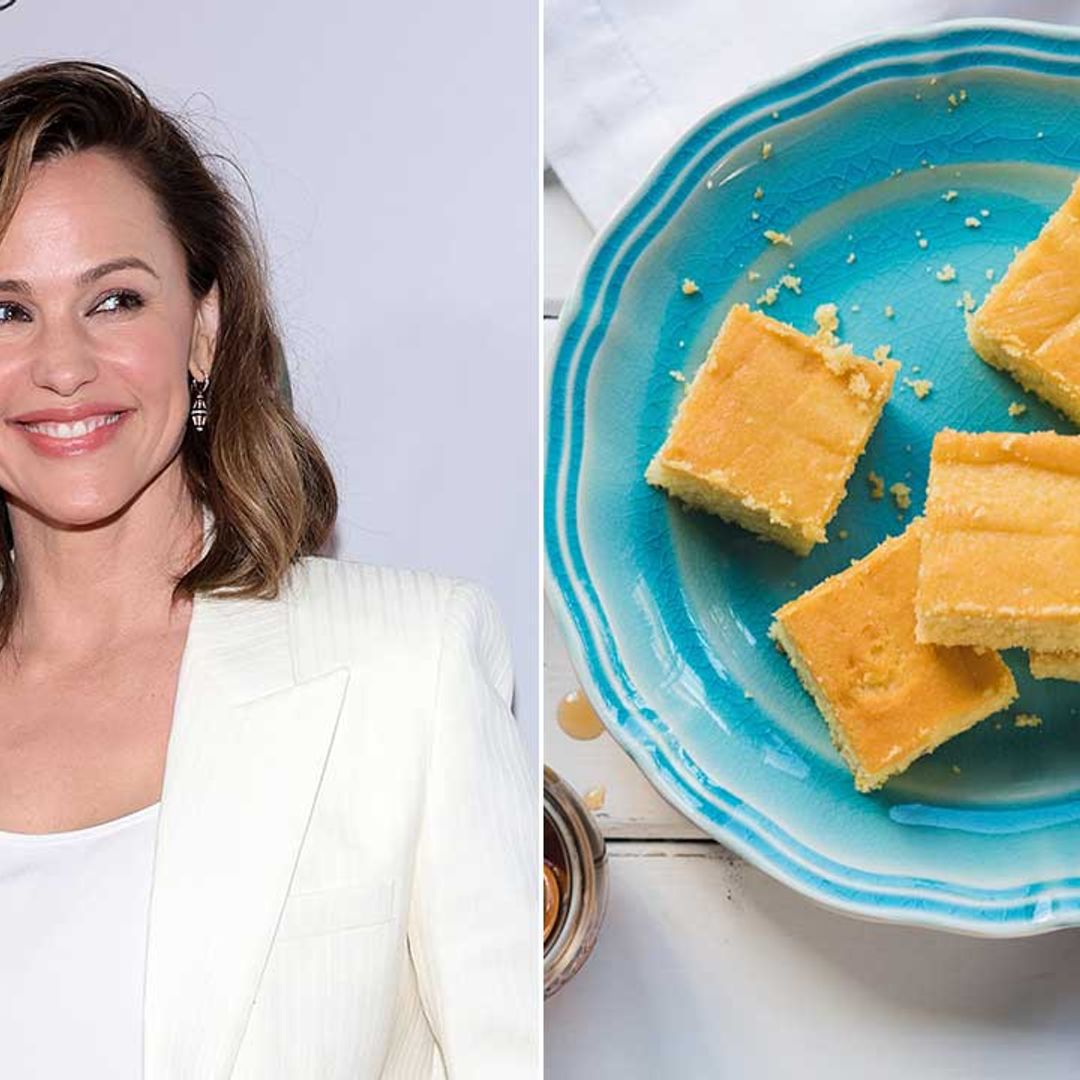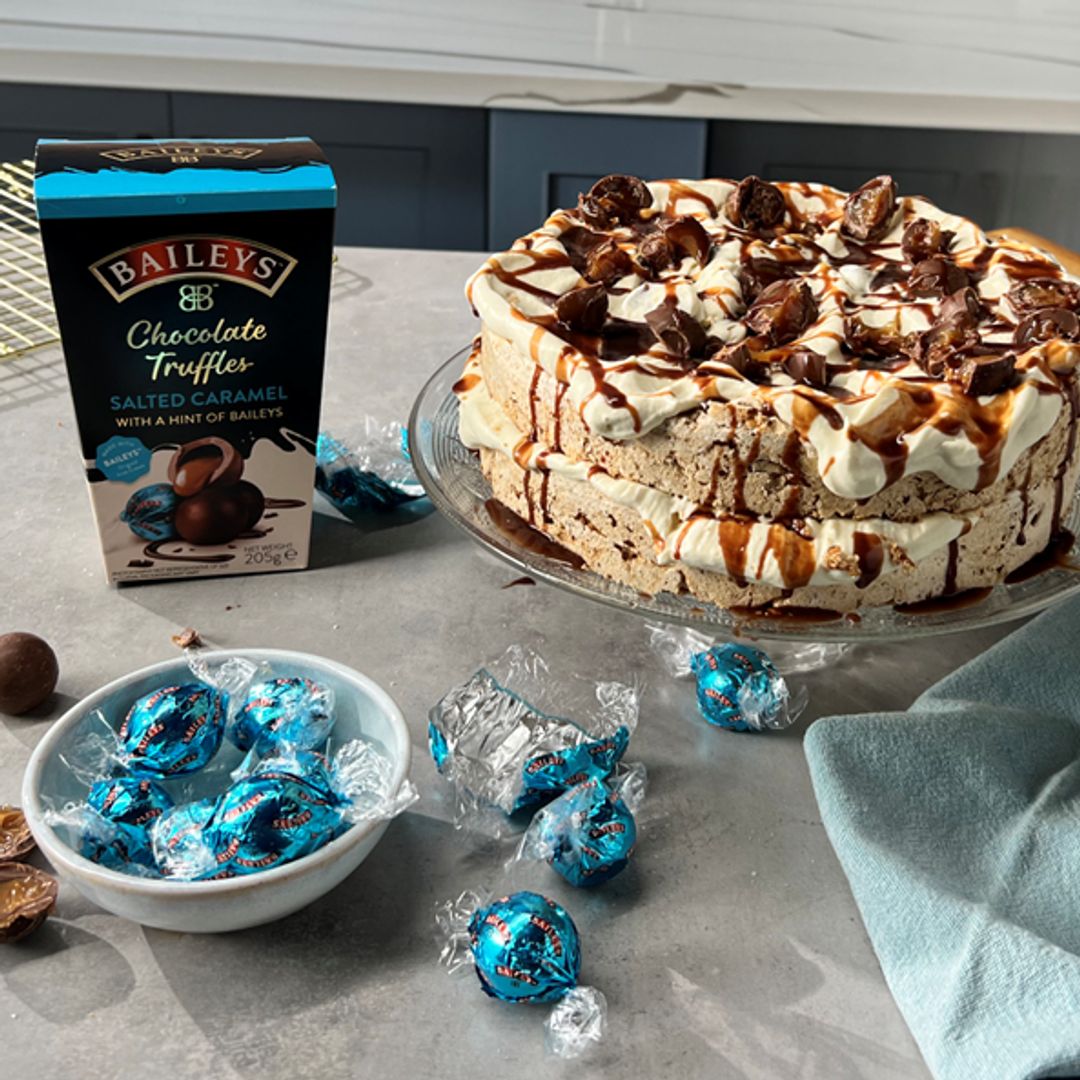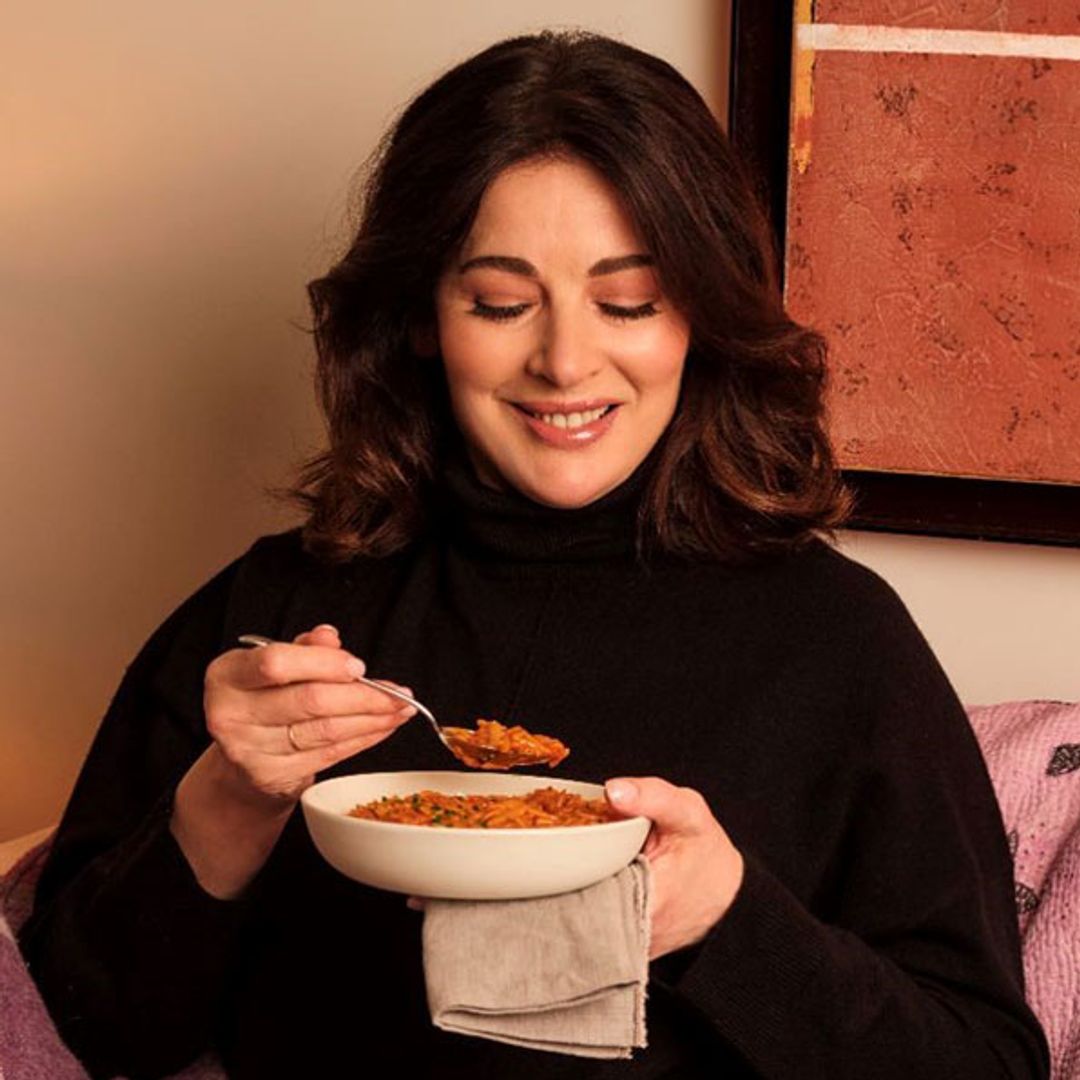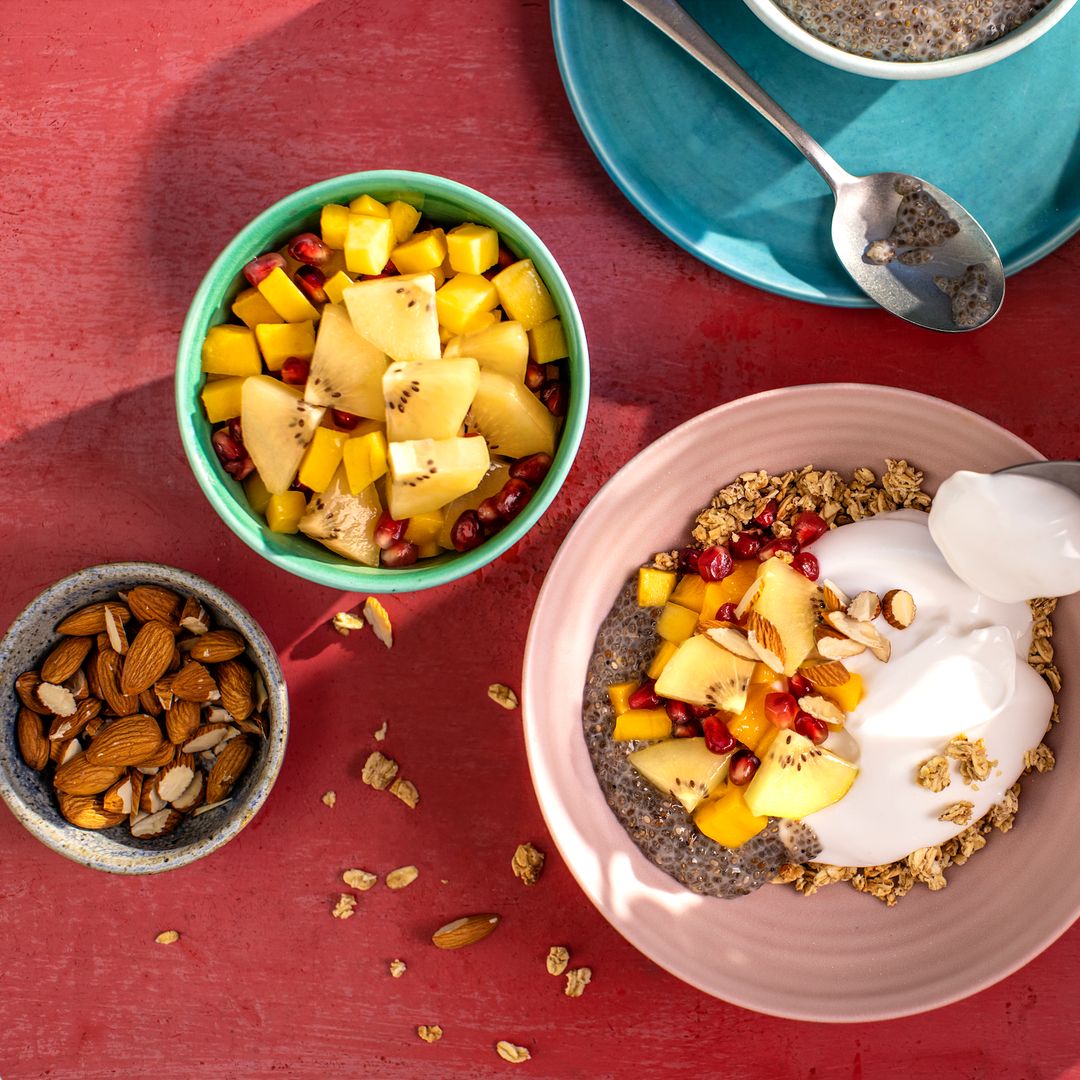Did you know that 1 in 100 people in the UK have coeliac disease? And incredibly, half a million people are currently undiagnosed. Coeliac disease is an autoimmune disease where eating gluten damages the lining of the small intestine. The solution is simple: a gluten-free diet.
Here are 5 steps towards understand the condition, and recipes for you to get cooking gluten-free:
- What is gluten?
A protein in wheat, barley and rye and is very common in a lot of processed foods. Bread, pasta, cakes, biscuits and pizzas are all things which would usually contain gluten, but there are a number of good gluten-free products out there. - What are the symptoms?
Unexplained and extreme fatigue, bloating or other gut symptoms, headaches, joint pains and a general lack of energy are all common symptoms of coeliac disease. - Shopping: Understanding labels
Head to the Free From aisle where you can find gluten-free versions of many popular foods. Look out for products marked with a label that says 'gluten-free', 'very low gluten' or 'no gluten-containing ingredients', or you may see Coeliac UK’s crossed grain symbol. Beyond this, look out for the Allergy Advice box, the 'may contain' statement, and read the ingredients lists. - Cooking
Cross-contamination is the key thing to be aware of. Don't let gluten-free food come into contact with anything that contains gluten, like bread crumbs or flour. To avoid it, wipe down surfaces and clean utensils thoroughly. Don't use a wooden board to chop gluten-free bread as this has tiny pores which can collect gluten-containing bread and contaminate gluten-free breadGet cooking gluten-free: Risotto of Quinoa, with butternut squash, woodland mushrooms & Sage Roast beef and Yorkshire pudding Pan seared corn fed chicken breast, Lancashire parched peas, tangled leeks & carrots Fig & frangipane tart, Cornish clotted cream, fig syrup & crisps - Eating out
Check with restaurants and venues that they cater for the gluten-free diet ahead of going. When you get there, check the menu – if any of the dishes are labelled gluten-free or have no gluten-containing ingredients then these are ok for you to eat, but do talk to the staff to make sure.coeliac.org.uk






